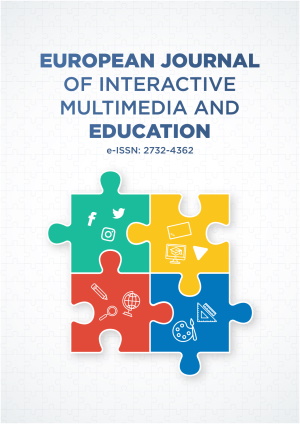Abstract
The purpose of this qualitative research study was to examine the time factor influencing technology integration in social studies teaching in a Jordanian school. The case study method was chosen because the research questions sought to explore time factor influencing technology integration in teaching. In Jordan, little research qualitative empirical research has investigated the level of the time of technology has been carried out for educational purposes. Therefore, this paper intends to identify the importance of the time factor of teachers in technology integration in teaching. These data were analysed using a thematic analysis approach, semi-structured interview interviews and observation were used as instruments to collect data. Five social studies teachers participated in this study. Findings showed that all of the teachers have mentioned that the time was one of the most important factors that affected the technology integration in their teaching. Where most of the responses indicated that, the time was a major obstacle in front of their technology integration. Furthermore, I found out through my classroom observations that the time was an obstacle for all teachers.
Keywords
License
This is an open access article distributed under the Creative Commons Attribution License which permits unrestricted use, distribution, and reproduction in any medium, provided the original work is properly cited.
Article Type: Research Article
EUR J INTERACT MULTIMED ED, Volume 1, Issue 1, January 2020, Article No: e02004
https://doi.org/10.30935/ejimed/8351
Publication date: 20 Jun 2020
Article Views: 3414
Article Downloads: 2750
Open Access References How to cite this article
 Full Text (PDF)
Full Text (PDF)